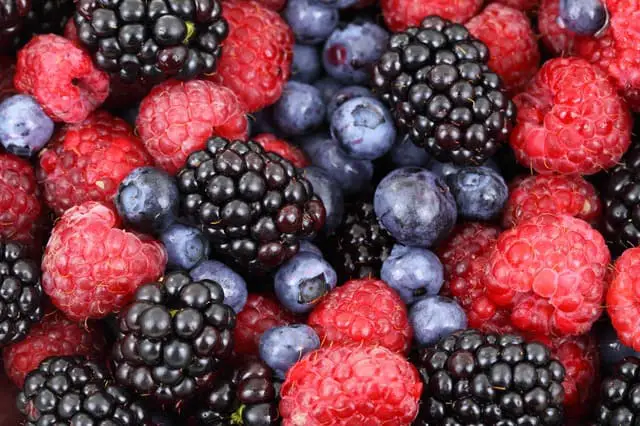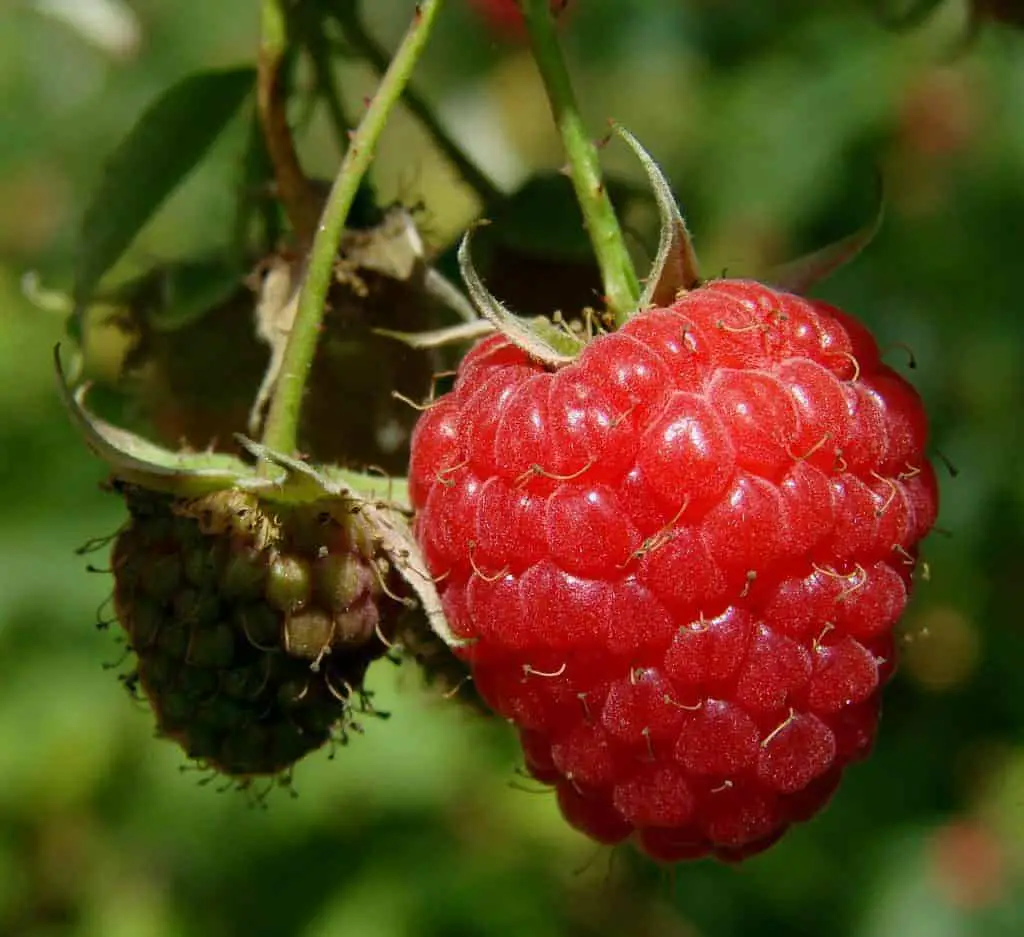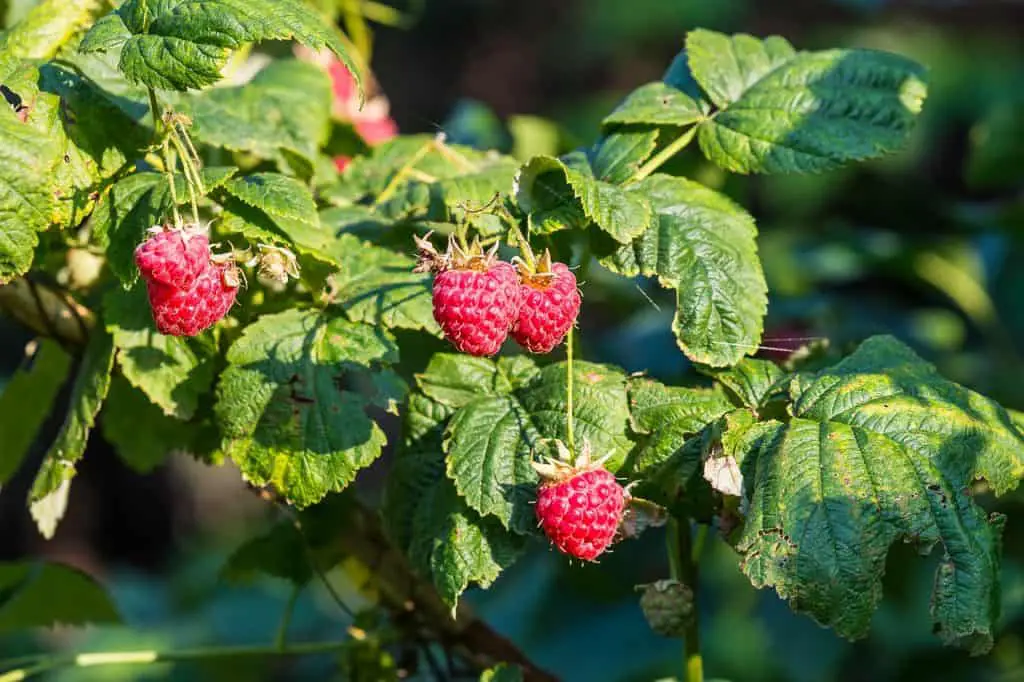Tips to Prune Raspberries – Guide on How to Prune Raspberries
Growing raspberries is a great decision. Learning how to prune raspberries will go a long way in ensuring you enjoy healthy fruits all-year long.

It ensures that you have fruits to enjoy all through the year and that you have something fun to do.
Pruning raspberries may help improve their general health. It improves the production of fruit and the size of your raspberries.
Proper pruning may help you get rid of dead and diseased canes from your plants.
Learning how to prune raspberries may sound like a difficult task but it isn’t. You should understand the different raspberry canes, the best time to prune, and the basics of pruning. Come summer, you will have a full harvest.
The Basics of Pruning
There are two types of raspberry plants. You need to understand each one of them before you start pruning. The basic types of raspberries are fall-fruiting and summer-fruiting.
Fall-fruiting raspberries bear fruit on both floricanes and primocanes. Summer-fruiting raspberries, on the other hand, only bear fruit on floricanes.
Floricane and primocane are different types of canes produced by raspberry fruits.
Primocanes grow in the first year while floricanes grow in the second year. Fall-bearing plants bear fruit in the fall but they may also produce them in early summer.
Summer-bearing plants will only produce fruits in the summer. Since different raspberry plants have different growth patterns, they have different pruning needs.
Identifying Fall-Bearing Raspberries
These types of raspberries are also known as everbearing raspberries. Fall-bearing raspberries require more pruning than summer-bearing raspberries.
If you are growing fall-bearing raspberries, you will notice that they have three cane types; floricanes, primocanes, and non-fruiting suckers.
Primocanes are flexible shoots that grow from the ground. They are green and they have little buds attached to the cane instead of branches.
Non-fruiting suckers are little canes. Their size is about ½ the size of floricanes and primocanes. They do not produce any fruit.
Floricanes are tall. Their branches are thick and their stems have brown barks. You can identify fall-bearing raspberries by their color. They are usually red or yellow.
However, some varieties may be black or a deep shade of purple. They may only produce fruits once a year. Pruning will make your fall-bearing raspberries more productive.

Identifying Summer-Bearing Raspberries
Even though both summer and fall-bearing raspberries can fruit in the summer, summer-bearing raspberries fruit only in the summer. Their fruits come from floricanes.
When pruning your summer-bearing raspberries, you must allow your primocanes to grow. They will develop into floricanes that produce fruit.
You can identify them by their red colors. However, there are black and purple varieties.
You Must Learn When to Prune
Whether you are growing fall or summer-bearing raspberries, you should learn about the right time to prune.
The best time to prune is during winter. The berry canes are dominant when the temperatures are low.
Pruning in winter will stimulate the growth of your raspberries without disrupting the growth pattern. The ideal time to prune is between November and March and February to March.
How to Prune Raspberries
Pruning One-Crop, Summer-Bearing Raspberries
You can prune your raspberry plants by cutting back canes after they produce fruits.
Cut back your summer-bearing raspberry canes immediately you finish your harvest. You should cut your harvested canes down to the ground.
When new canes develop, do not prune them. Instead, you should train them in a post. They will give you produce in the next year.
If your raspberries are growing in a row, you should leave about six inches between the remaining canes. This helps you ensure that in the next year, there will be enough space between the canes.
Pruning Two-Crop, Ever-Bearing Raspberries
These are the types of raspberries that produce fruit on the top third and on the lower two-thirds of the same spring in their second season.
When pruning these raspberries, focus on the top part of the canes which have already fruited. Normally, this is about 45 inches from the ground.
Do not interfere with the lower part of the cane as it will fruit in the next season. Wait until it bears fruit before you can cut the canes back to the ground.
The lower parts of your ever-bearing raspberries may be trellised or staked if they overwinter. If you don’t want to do that, you may cut back all your canes after your fall harvest.
In this case, you can only enjoy one harvest from your raspberries.

Getting the Right Tools
Ensure that you have the right tools before attempting to prune your raspberries. You need a pair of gardening gloves, goggles, and gardening shears.
You should do your best to stay safe because raspberries can be thorny and the branches are usually pointed.
How Often Should You Prune?
Summer-bearing raspberries bear fruits on floricanes so you must let the canes grow for two years before they can produce fruit. After fruiting, you should prune them to the ground.
Give your primocanes time to flourish into floricanes. You may, however, try to thin them out if they are too many.
Don’t suppress your primocanes until your plant is three years old. Be careful when thinning them out. If you overdo it, it may reduce the yield of your harvest.
Primocanes are commonly pruned towards the end of spring and floricanes are cut down during winter or after they have fruited.
Raspberries are fun and easy to grow and they yield lots of fruits. You can purchase the plants as bare-roots or in pots. The best time to grow them is during fall. The conditions in fall are good for the development and settling of the roots.
You should grow them in rich soil. Consider adding soil conditioner or compost to add nutrients to your soil. The plants cannot produce a lot of fruits if you do not expose them to sufficient sunlight.
If it is your first year of planting, ensure that you water your raspberries abundantly. Do not bury the bases too deep. Space each one of your plants at least 30 inches apart.
If you are not confident in your abilities to prune, you should get the help of a professional.
